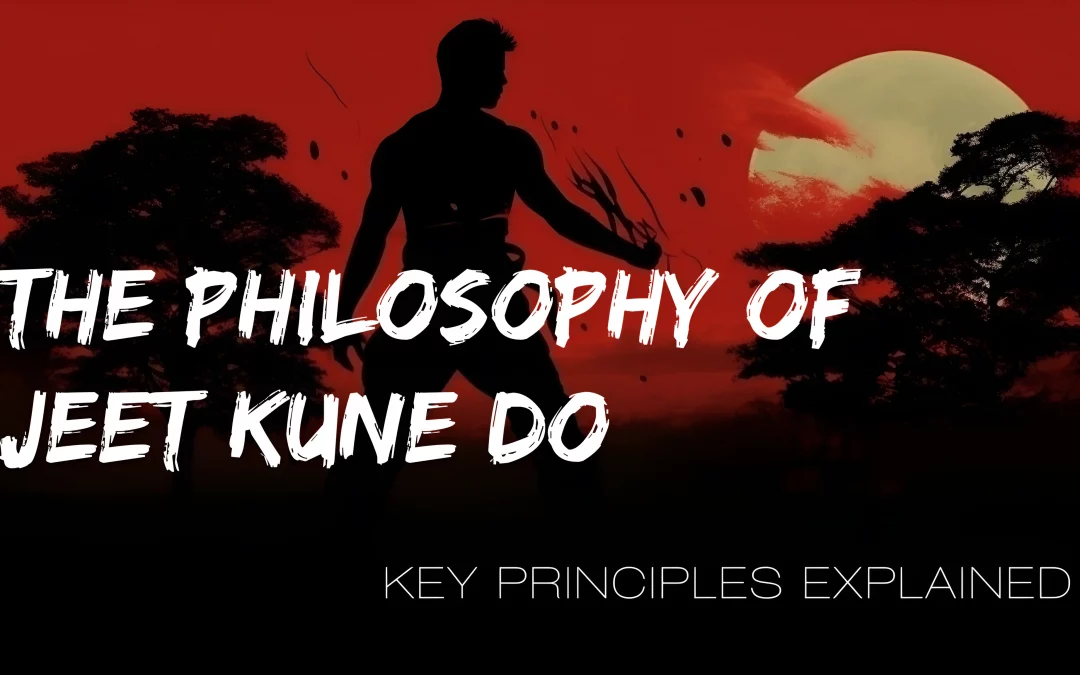The Philosophy of Jeet Kune Do: Key Principles Explained
Unveiling Jeet Kune Do: A Martial Arts Revolution
Jeet Kune Do (JKD) burst onto the martial arts scene in the 1960s as iconoclastic martial artist Bruce Lee’s new style of “the way of the intercepting fist.”
True to its name meaning “the way of the intercepting fist” in Cantonese, JKD emphasized explosive attacks to directly intercept an opponent’s movement.
While often categorized as a form of kung fu, JKD stood apart from classical martial arts styles through its radical emphasis on unstructured technique, adaptability, and philosophical underpinnings.
Behind the physicality of Jeet Kune Do lay a holistic outlook focused on self-actualization.
Overview of Jeet Kune Do
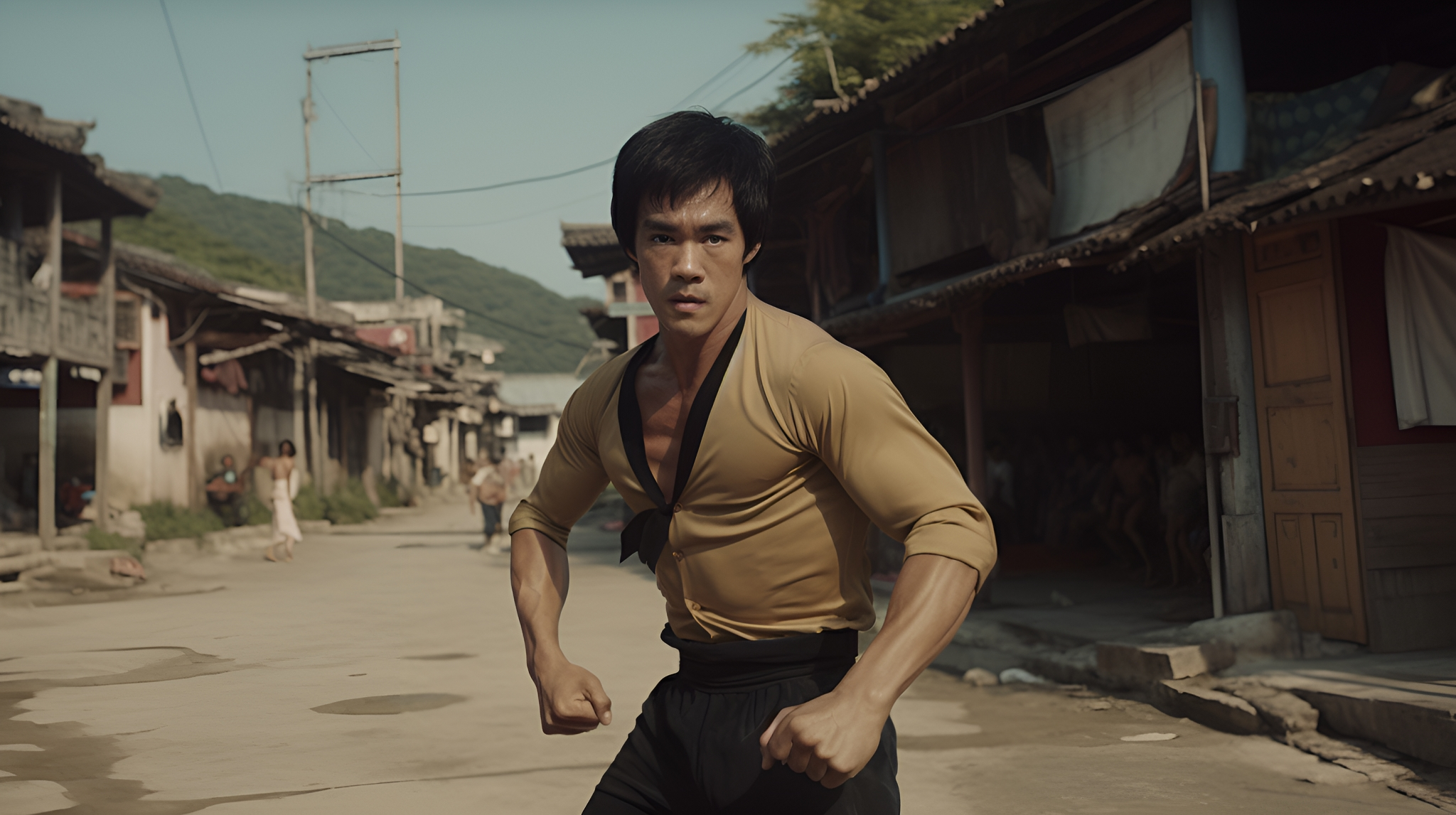
JKD originated from Bruce Lee’s dissatisfaction with the limitations he perceived in traditional martial arts. He devised JKD as an attempt to strip away restrictive styles and movements to get at the core truth of effective, adaptable combat.
Bruce Lee is an iconic figure in martial arts, responsible for bringing kung fu to international prominence in films like “Enter the Dragon.” But beyond kicks and punches, Bruce Lee crafted an entire personal philosophy reflecting his iconoclastic worldview.
At the center of Bruce Lee’s philosophy stood the principle of “no way as way” – that possessing no rigid form or structure conferred immense freedom and adaptability. This notion served as the vital underpinning for Jeet Kune Do’s emphasis on being formless and responding directly to circumstances.
While often viewed primarily as a fighting method, the philosophy of Jeet Kune Do is inextricably interlinked with and informs its combat techniques and training.
Bruce Lee’s core JKD symbol of a small circle with an arrow pointing toward it and away from it visually encapsulates his central philosophical tenet of “no way as way.”
It illustrates the need to flow in any direction required by the situation, bound by no single approach, doctrine, or ideology.
This article delves into this and other little-examined philosophical pillars central to Jeet Kune Do and Bruce Lee’s worldview.
Tracing the Roots: The Emergence of Jeet Kune Do
The Birthplace of an Evolution in Martial Arts
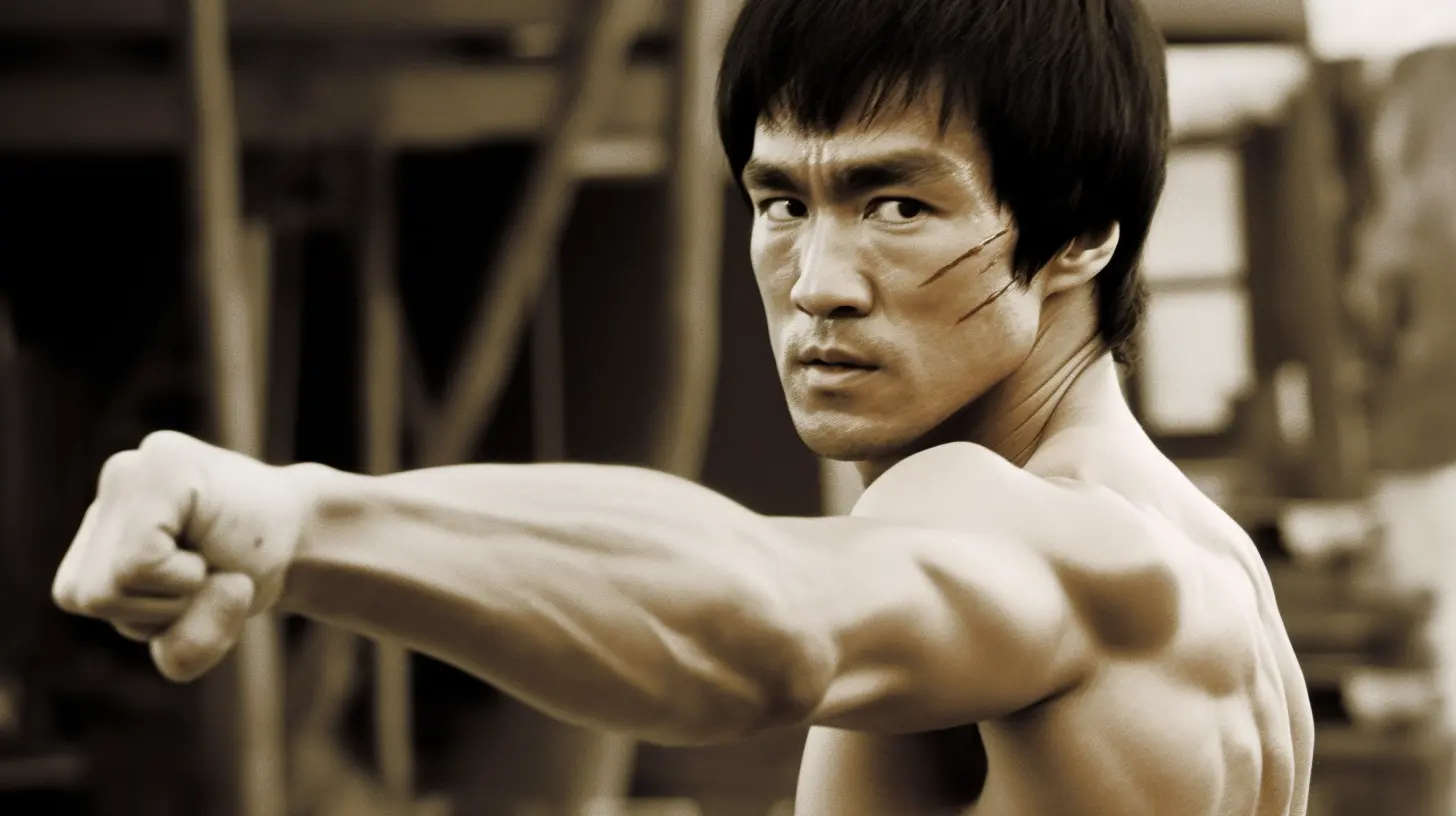
Bruce Lee first formally studied Wing Chun kung fu under legendary sifu Ip Man in the 1950s. Wing Chun specialized in close-quarter combat, lightning-fast traps and strikes, and generating maximum power in short distances – an excellent base for real-world self defense.
However, over time Bruce Lee grew disillusioned with what he saw as intractable constraints and limitations in the traditional Wing Chun system.
In many ways, the seeds of Jeet Kune Do (JKD) sprang from Bruce Lee’s break with classical Wing Chun doctrine. While retaining Wing Chun’s efficiency of motion and economy, JKD represented a dramatic transformation departing from constricting traditional martial arts forms. It pioneered integrating techniques from multiple arts, adapting the most useful aspects while shedding the shortcomings of adherence to any singular style.
Bruce Lee realized clinging to just one approach severely limited a fighter’s flexibility. By contrast to the set techniques and rules bounding Wing Chun, Jeet Kune Do prized creativity, improvisation, and tailoring one’s response to each combat situation.
JKD was the genesis of Bruce Lee’s conceptual leap toward a reality and results-based fighting philosophy stressing unpredictability, outside-the-box thinking, and limitless adaptability. Rather than forcing oneself to conform to the system, JKD aimed to equip fighters to dynamically conform to ever-shifting circumstances.
The Pillars of Jeet Kune Do Philosophy
At its core, the philosophy of Jeet Kune Do is one of liberation from rigid constraints and structures. It prizes boundless adaptability as the height of strategic wisdom.
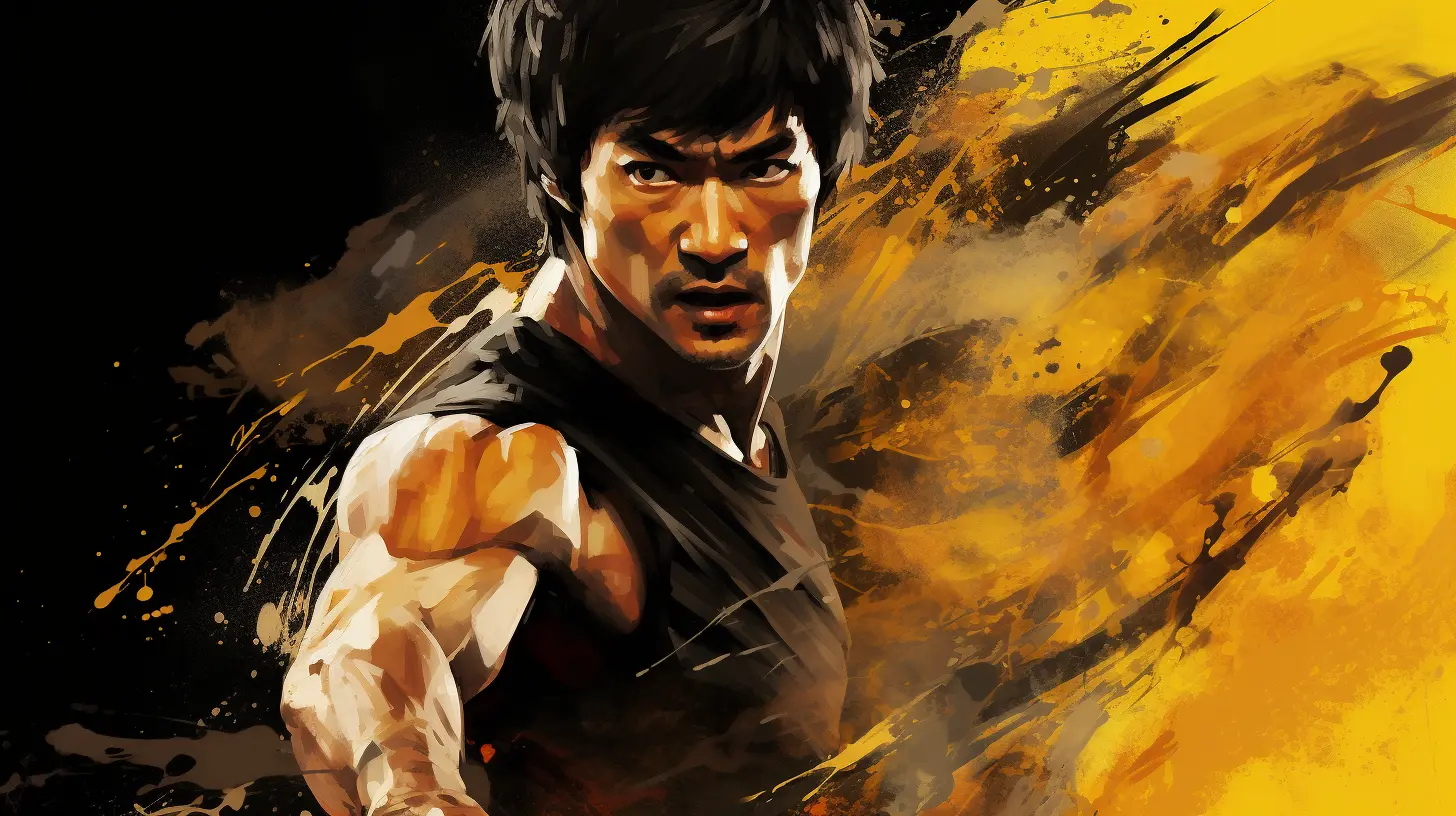
Embracing the Flow: The Way of No Way
Bruce Lee emphasized that adopting any single rigid style or perspective acts as a limitation: “The moment a technique is solidified as a routine, it becomes an organization of paralysis.” Rather than adhering to set patterns of attack and defense, Jeet Kune Do stresses remaining flexible to fold to ever-changing circumstances.
This is encapsulated by Bruce Lee’s philosophy of “no way as way” – lacking defined shape or form. For Bruce Lee, embracing formlessness confers freedom to adapt. As he famously stated, “Empty your mind, be formless, shapeless, like water.” JKD’s “no way” doctrine evokes the flow of water conforming to the vessel containing it, mirroring opponents and situations.
Boundless Boundaries: The Principle of Infinite Adaptability
A core tenet stemming from Bruce Lee’s “no way as way” concept is prioritizing efficiency and practicality over adhering to structures or artistic constraints. Jeet Kune Do renounces unnecessary, wasteful motions, instead focusing on the most direct line to neutralizing opponents.
Efficiency and absence of limitations constitute the “Be like water” philosophy underpinning Jeet Kune Do. Dispensing with adhering to sanctioned techniques or textbook maneuvers in favor of whatever effective improvised responses circumstances dictate. JKD disavows classical mess and embraces combat pragmatism, unhindered by expectations of style or form.
The Tenets of Bruce Lee’s Martial Art
Bruce Lee distilled his philosophical ideals into strategic combat doctrine central to Jeet Kune Do.
The Power of Simplicity and Directness
Rather than flashy, intricate sequences, Jeet Kune Do focuses offensive tactics around the most straightforward blitzes overwhelming opponents. Defense prioritizes efficient evasion and blocks minimizing motion.
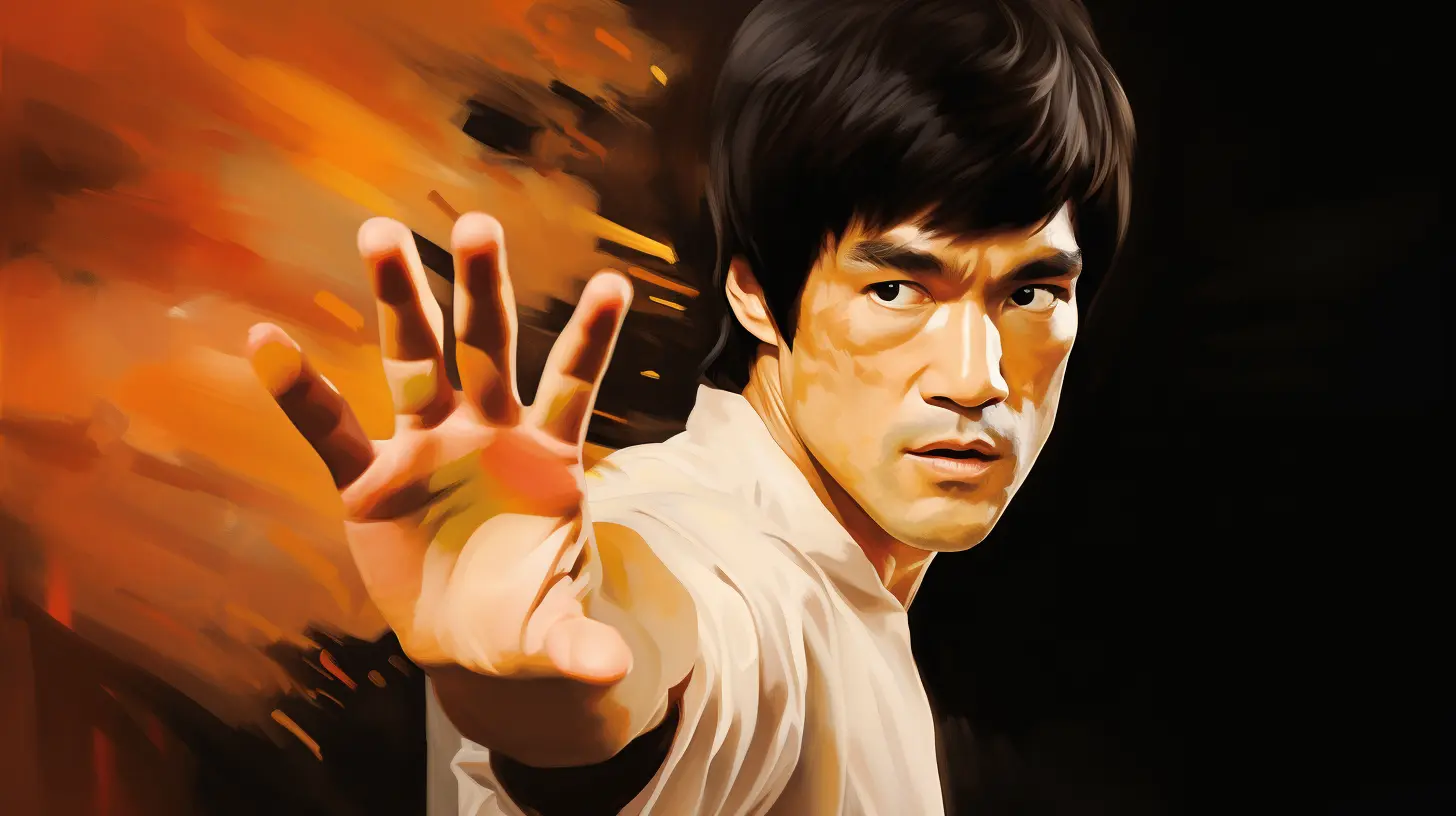
The Art of Adaptability and Flexibility
Bruce Lee constructed JKD by assimilating useful aspects from Wing Chun, Western boxing, fencing, and other arts he studied, while avoiding their limitations.
Known for his wide array of dynamic fighting capabilities, Bruce Lee’s fighting styles channel this multiplicity into an adaptive approach. JKD trains practitioners to seamlessly flow between long and close-in techniques, kicks, punches, and grappling.
Most vitally, Jeet Kune Do training centers on engraining Bruce Lee’s formless philosophy to seamlessly adapt techniques and reactions based on circumstances. Unbound by any style, JKD emphasizes freedom of motion and flow, morphing responses to opponents.
The Essence of Efficiency in Combat
Efficiency and economy of motion stand paramount in JKD as direct expressions of its driving ethos. Adopting the maxim “Water can flow or it can crash”, JKD prioritizes conserved movement and explosive attacks without telegraphing intent.
Some of Bruce Lee’s one-strike kill techniques breach the safety restrictions of competitive fighting, but speak to the essence of ending fights decisively. Refining skill in JKD translates to calibrated efficiency – the minimum force transferred for the maximum result.
The formlessness underlying Jeet Kune Do translates into continuous growth driven by experience. In Bruce Lee’s words, “Everything is in a constant state of change. Adapt what is useful, reject what is useless.” Like water, JKD evolves its shape with the vessel of changing conditions.
Beyond Physicality: The Spiritual Journey in Jeet Kune Do
Self-Expression as a Martial Virtue
Bruce Lee embedded within Jeet Kune Do philosophical notions of self-cultivation and fulfillment borrowed from Taoism and Zen. JKD emphasizes individualized self-expression as each practitioner organically channels its precepts into personalized technique. There are no pre-fabricated masters, only unique conduits manifesting JKD’s teachings.
As Bruce Lee said, “There are no limits. There are only plateaus, and you must not stay there, you must go beyond them.” Pushing boundaries of self-concept stands central to development in JKD.
Cultivating Mindfulness and Fluidity in Practice
Bruce Lee stressed attaining inner liberation was the true purpose of martial and spiritual cultivation, not rote technique. Deploying “emotional content” in combat entails channeling one’s feelings into fluid improvisation, not brute rage.
By turning inward, JKD prompts expanded self-awareness and dismantling personal obstacles. Learning manifests from unfolding understanding of oneself. In Bruce Lee’s words, “Knowing is not enough, we must apply. Willing is not enough, we must do.”
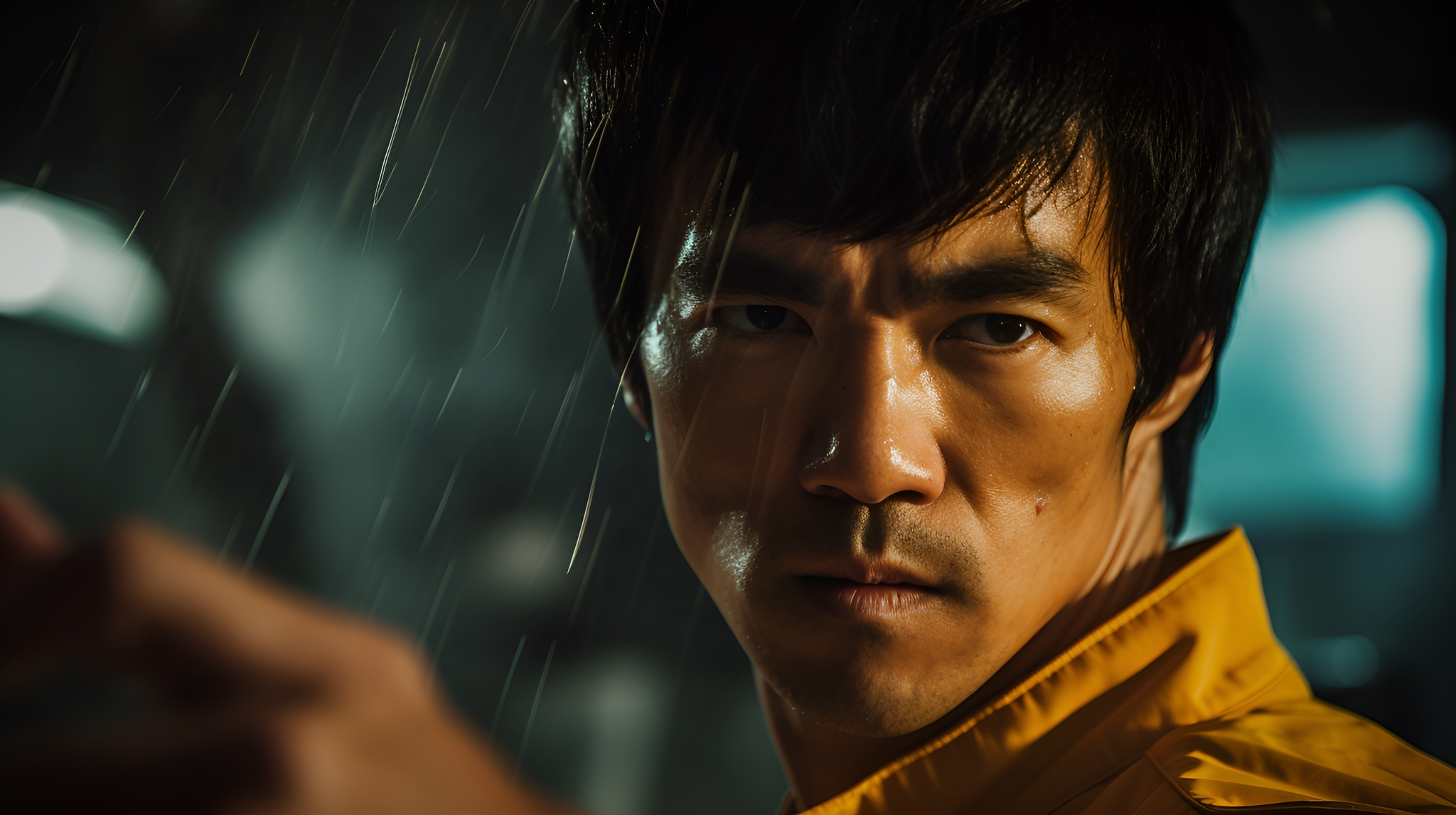
Confronting and Overcoming Inner Battles
Bruce Lee adamantly stated “The medicine for my suffering I had within me from the very beginning but I did not take it.” The essence of JKD philosophy recognizes no external opponent poses as great a barrier as one’s own internal limits. Overcoming these through authentic self-actualization represents the true victory in Bruce Lee’s martial arts.
The Living Legacy of Jeet Kune Do
While Bruce Lee’s sudden death at age 32 tragically cut short his career, his revolutionary impact on martial arts endures through JKD.
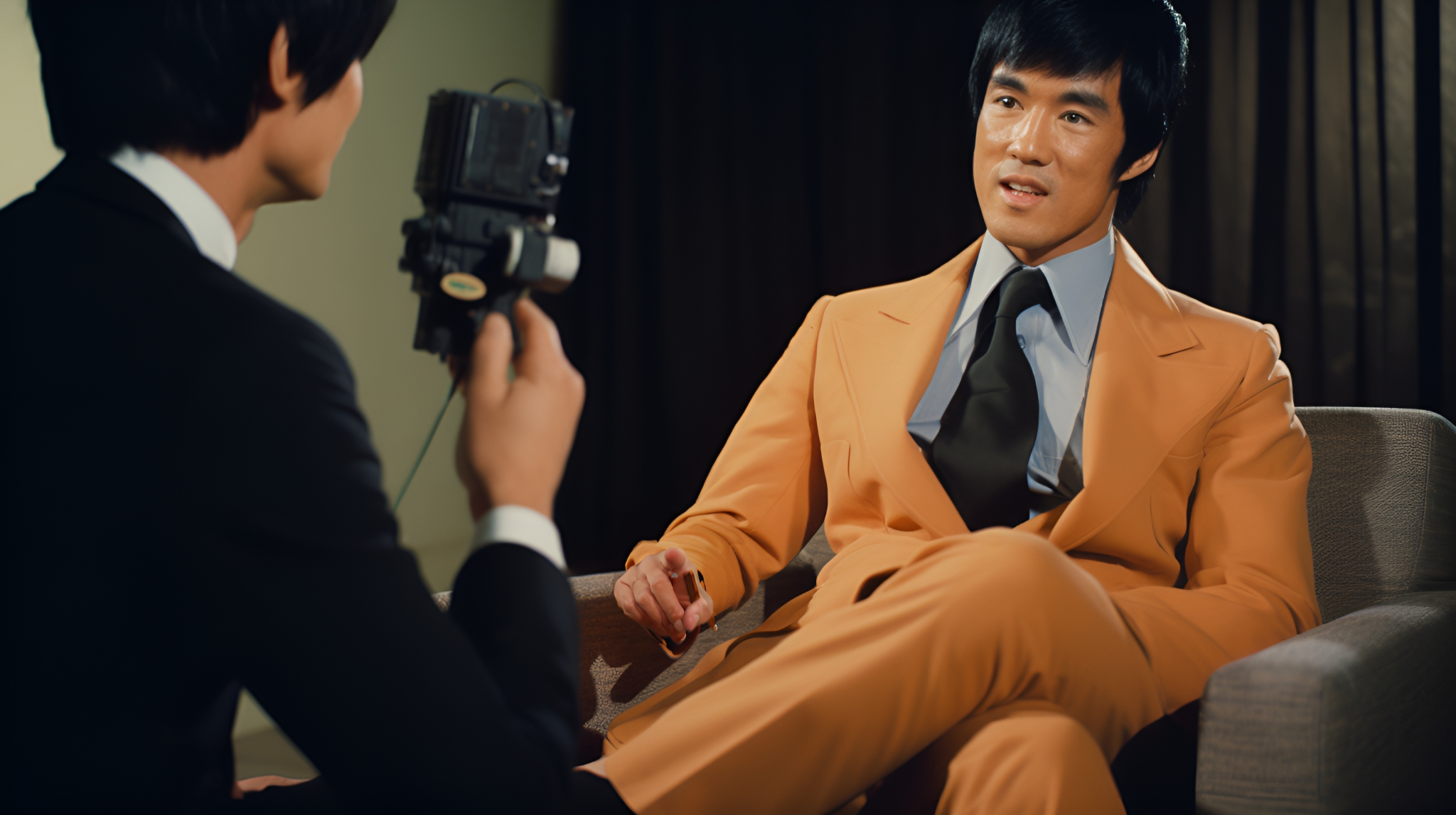
Preserving and Evolving Bruce Lee’s Vision
Bruce Lee entrusted his friend and student Dan Inosanto with stewarding Jeet Kune Do’s evolution. Inosanto honed Bruce Lee’s philosophy into a structured curriculum while allowing innovation into hybrid systems like shootfighting.
Other Bruce Lee protégés like Ted Wong continued instructing underground after his death, passing JKD concepts to new generations. Their dedication let Bruce Lee’s art thrive.
The Ripple Effect: JKD’s Impact on Contemporary Martial Arts
Bruce Lee’s emphasis on practical combat and adaptive cross-training fundamentally transformed martial arts. JKD philosophies revolutionized attitudes from rigid, stylized systems to embracing what best works in real situations.
Concepts Bruce Lee pioneered like mixed techniques, unstructured creativity, and combat conditioning now define modern mixed martial arts (MMA). The UFC itself evolved from the eclectic model Bruce Lee championed.
While known for his unique philosophy of fighting extolling adaptability, Bruce Lee made his deepest impact as a catalyst sparking evolution in martial arts. At its core, JKD operates as a holistic life philosophy beyond just combat applications to living fully with flexibility and purpose. This legacy continues re-interpreting itself anew.
Reflecting on Bruce Lee’s Martial Legacy
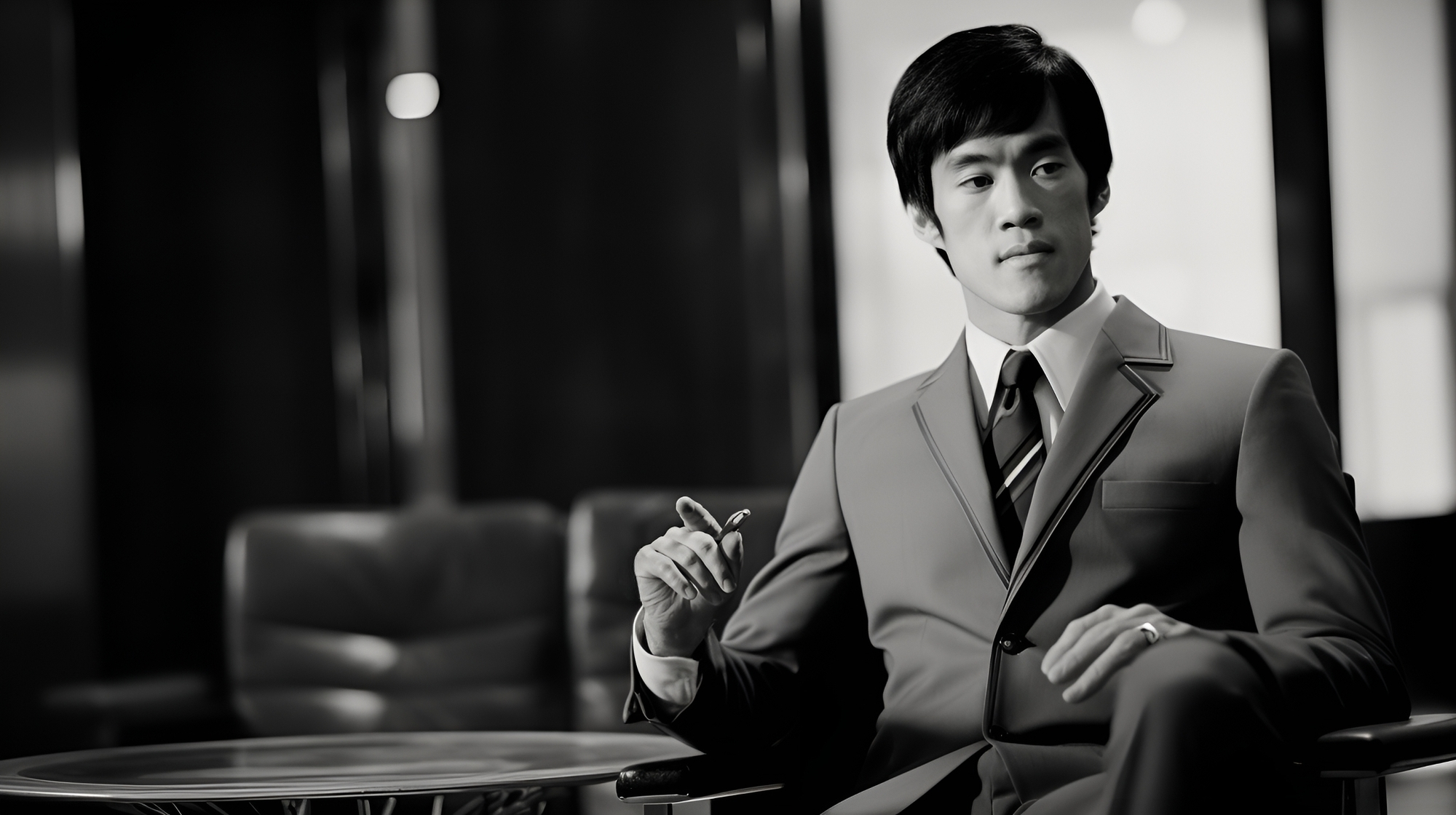
The Timeless Principles of Jeet Kune Do Revisited
At its most fundamental, Jeet Kune Do philosophy boils down to core principles of adaptability, practicality, and self-cultivation.
The principle of “no way as way” stands central – formlessness and unrestrained flexibility focused on efficiency. Fluidity of response and economics of motion adapt to circumstances.
Emotional channeling fuels dynamic improvisation, not just technique. Liberating the potential of the individual takes precedence over defined system or style.
The Enduring Relevance of Jeet Kune Do Philosophy
Decades since his passing, Bruce Lee’s fighting art and philosophy continue addressing limitations imposed by strict forms and self-imposed barriers.
While its name meaning “way of the intercepting fist” aptly denotes surprising attacks, the essence of Jeet Kune Do targets stagnation – intercepting rigidity in systems and the self.
Bruce Lee developed Jeet Kune Do as a process, not fixed destination – a method of advancing personal growth rooted in martial arts. Its iconoclastic teachings empower individuals to expand boundaries on their own terms – a legacy still evolving today.

